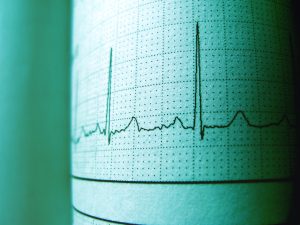Advanced wearable devices capable of analyzing users’ heartbeats and transmitting alerts for out-of-sync rhythm behaviors represent a turning point in personal health tracking. They also, however, convey information that some cardiologists say is not as medically useful as many have been led to believe. Simply put, device notifications cannot be considered cut-and-dried medical diagnoses.
This dilemma could potentially clog worldwide health systems, even if only a small fraction of device users seek medical attention due to an alert from their wearable. “The technology has outpaced us,” said Dr. Rod Passman, a Northwestern University cardiologist. “Industry came out with these things because they could. Now we’re playing catch-up and trying to figure out what to do with this information.” He is currently assisting an Apple Watch study evaluating the device’s ability to screen for atrial fibrillation; as of now, the watch has been approved by the FDA only for “informational use.”
A device’s ping notification constitutes, according to Dr. Passman, a “test doctors didn’t order,” with more accurate treatment conducted by a medical professional essentially having to start from scratch regardless of what the alert purports to have discovered. When patients visit them after receiving notifications from their wearables, cardiologists have to employ means that are more diagnostically accurate, usually equipping patients with medical-grade patches or monitors. The more advanced, medical-grade technology might have to operate for an extended period of time to witness off-tempo heartbeats, meaning higher costs as well as additional doctor visits.























